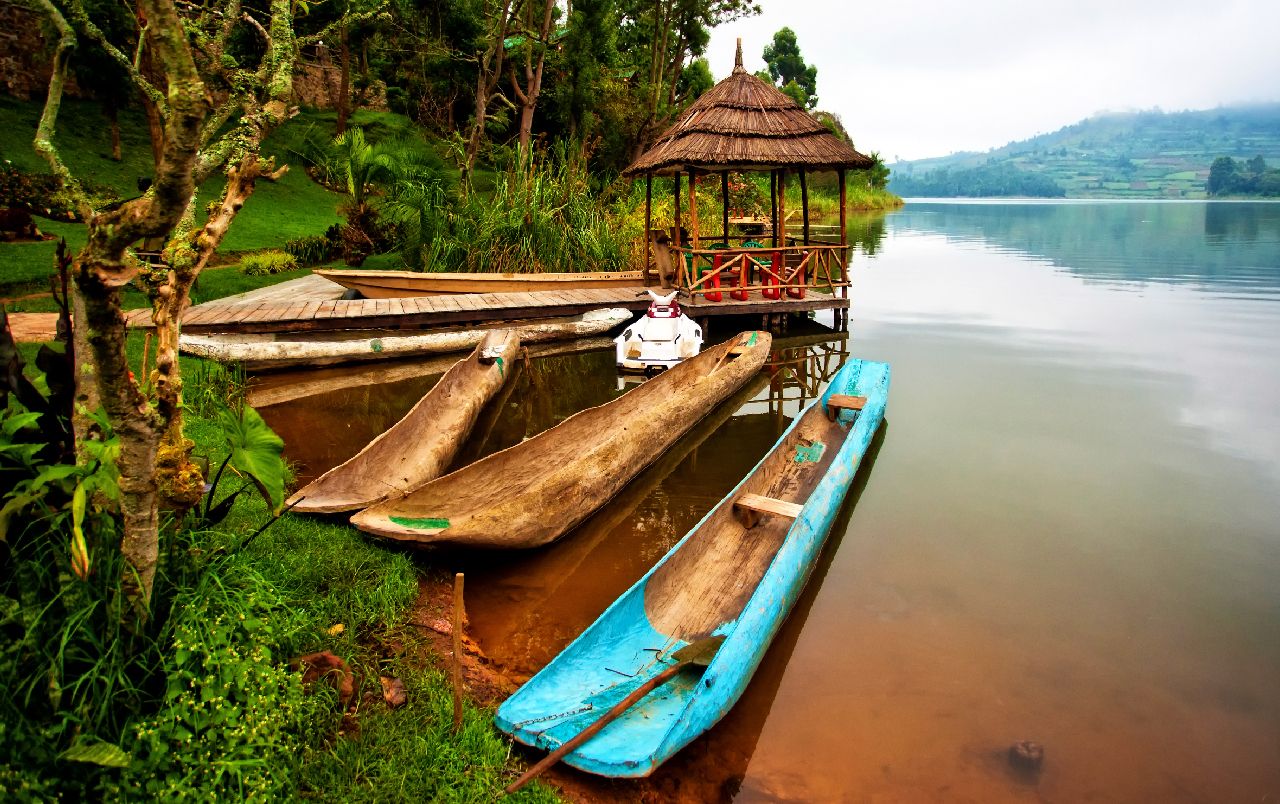As data from the last few months become available, the financial situation looks discouraging. At the same time, there is…
The COVID-19 pandemic is testing governments and shattering economic growth all over the world. As of August 18th 2020, Uganda has registered over 1600 cases and fifteen deaths. COVID-19 restrictions on transport, business, tourism and schools have greatly affected the country’s economy and livelihoods. Lives were lost, and unemployment rates have spiked.
COVID-19 has pushed many Ugandans into extreme poverty, reversing years of development progress. According to a recent World Bank report, an estimated 3.15 million Ugandans could fall even deeper into poverty. These new numbers would be on top of the 8.7 million people currently living below the poverty line. The overall economic growth is projected at 3-4% in the fiscal year (FY) 2019/20. This projection is lower than the 6.3% that had been anticipated.
While the country deals with the pandemic, other priorities remain critically important. Climate change, the loss of biodiversity and the erosion of natural capital ecosystems are still urgent issues. Termed as “slow-motion pandemic” they require decisive policy action to address it. The decisions taken today may shape climate and human health for decades to come. It is now that policymakers have an opportunity to plot a greener and fairer plan to prevent one crisis leading to another.
Uganda’s Green Growth Development Strategy
The Uganda Green Growth Development Strategy recognizes the strong dependence of the economy on natural resources. 80% of Ugandans rely directly on land, agriculture, and fishing for their livelihoods, while 70% of the labour force depends on rain-fed agriculture. Uganda is vulnerable to climate change. The country has been grappling with floods, landslides and locust infestation in Northern Uganda. The case for a green economic recovery to address the pandemic is clear, requiring fiscal policymakers to “green” their response to the crisis. The Uganda Green Growth Development Strategy envisages that the transition to a green economy will cost an estimated US $ 11 billion over thirteen years. There is still low prioritization and funding to key strategic sectors, such as Water and Environment, Agriculture, Energy, Transport and others. All of them play a catalytic role in accelerating Uganda’s transition to a green economy.
During the budget reading in June 2020, the economic stimulus and growth strategy was presented under the theme: “Stimulating the economy to safeguard livelihoods, jobs, businesses and industrial recovery”. It stated three key objectives:
- improving the wellbeing of Ugandans
- boosting economic transformation and promoting peace
- security and good governance
A quick analysis of the budget shows that the stimulus recovery growth strategy is not directly linked to nature. The government has rightly put people first by preparing policy measures to increase health spending and strengthen health systems. Yet, the economic stimulus and growth strategy presents an unparalleled opportunity to align COVID-19 recovery to environmental fiscal reform goals. Such reforms are already enshrined in the Uganda Green Growth Development Strategy. Looking at the budgetary allocations FY 2020/21 for the environment and climate change sector, these include funding to enhance resilience to climate change, restoration of degraded and protected ecosystems and forest conservation, among others. Most allocated resources are inadequate and focus on business-as-usual activities. They lack consideration of environmental sustainability in the long run.
Building back better…now
In the wake of COVID-19, Uganda should embrace the idea of “building back better”. It is an opportunity to make our economy greener than before and tackle climate change for real. We need to prevent further and irreversible damage to nature. There is an opportunity to learn from countries that have taken the lead, such as Germany, Singapore, and New Zealand, among others. They have acted decisively to prevent permanent damage to nature and, by doing so, are lowering future costs of protecting the planet.
Over the past months, the world has witnessed unprecedented government financial interventions in response to COVID-19. Economic stimulus packages include a range of fiscal mechanisms, including bailouts and loans for sectors that have a significant and lasting impact on nature. With the “Green package for the future” Germany invested in widespread ‘green’ measures. These include funding for ‘green’ infrastructure and Research & Development (R&D), particularly in the energy and transport sectors, as well as forest conservation and management. The ‘Next Generation European Union’ recovery package is the most environmentally friendly stimulus package to date. Of the €750 billion (US$830bn) package, 30% will be directed towards ‘green’ initiatives. It includes targeted measures to reduce dependence on fossil fuels, enhance energy efficiency and investment in preserving and restoring natural capital.
The lessons of the pandemic
If COVID-19 has taught us anything, it is that countries need to fully commit to investing and rebuilding for a sustainable future. The pandemic is leading to an increase in public debt over a long period. It needs to happen in ways that aid, rather than hinder economic recovery. We need a bold and radical new approach to support the recovery. It should create a fairer and greener economy, one that puts our planet’s wellbeing at the centre, while ensuring sustainable public finances.
To “build back better” in Uganda, we require a quantum shift in the implementation of green fiscal policies and strategies. It is an essential element in tackling both climate change and COVID-19. Such measures would increase the efficiency and effectiveness of budgetary responses, aligning them to climate and broader environmental objectives. A green approach to economic recovery that strengthens resilience creates employment, supports economic growth and promotes low-carbon approaches will provide benefits for sustainability in the long run. The time has come to change the business-as-usual economic model. We now have to turn to a resilient approach with nature at its core.
Text editor: Gabriela Keseberg Dávalos


